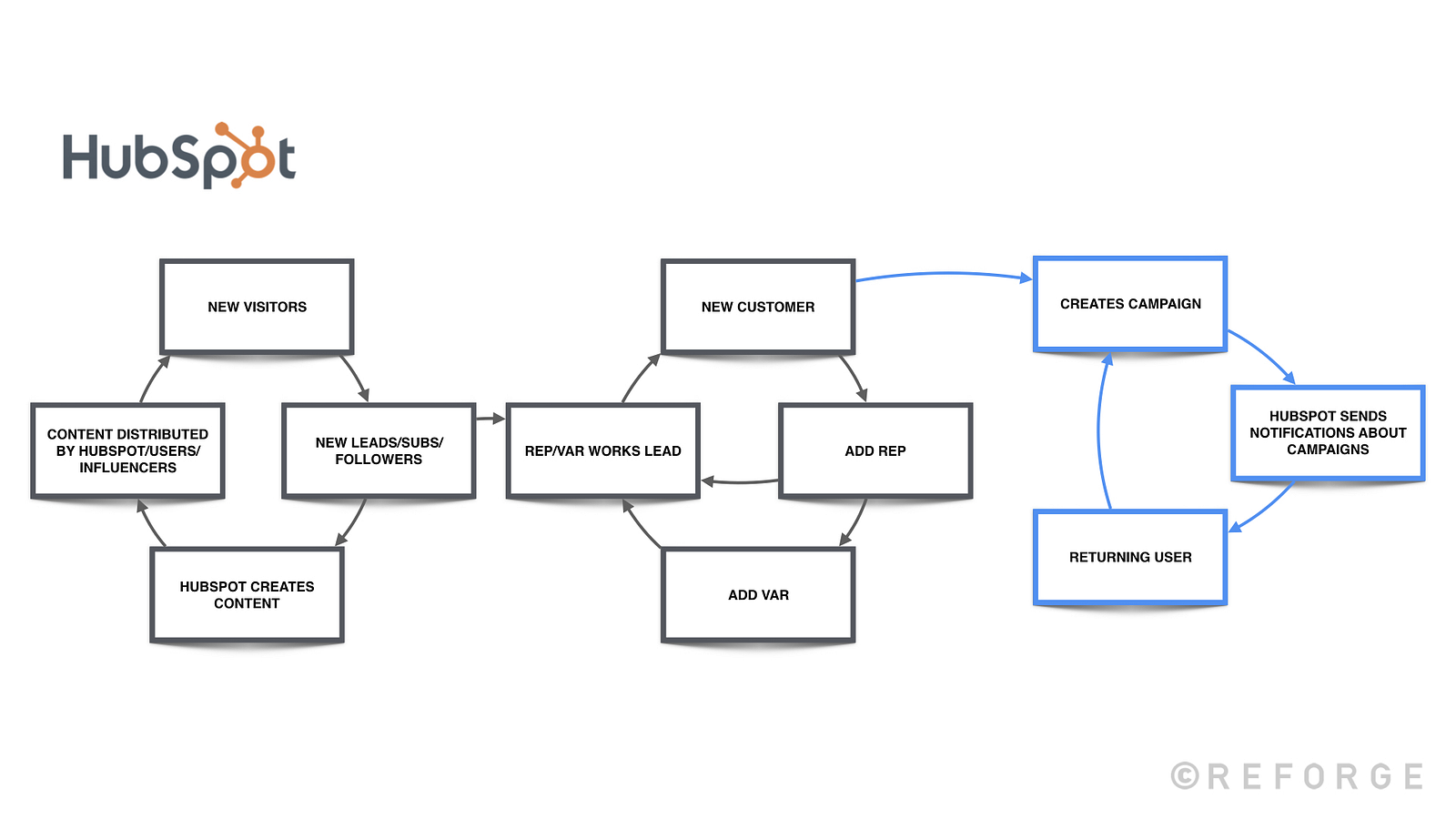📓 Reforge Recap: Advanced Growth Strategy
Nov 10, 2021 • 4 min • Growth
I'm coming up on the end of my Reforge experience, so I've been tackling as many courses as possible over the past few months. One of those was the Advanced Growth Strategy course. This is largely a follow-up to the foundational Growth Series which I wrote about in previous posts.
The idea here is to zoom out and understand bigger-picture elements to how you grow rather than focusing in on specific tactics. This short summary aims to lay out the broad strokes of the course. As always, I recommend checking out the original content for a deeper dive.
Micro + Macro Loops
Before the course gets into the advanced stuff, it covers the building blocks on how companies grow today. There are two ways to think about these foundational elements: Micro and macro. On the micro side, these are the more day-to-day levers that you are pulling to acquire and retain users. The big ones are:
- Viral loops: One person leads to another person signing up
- Content loops: Content brings in signups which enables more content
- Paid loops: Ads bring in signups which enables more ads
Then there's the macro aspect of things. These are less tactical and more strategic tailwinds enabled by your product and business model. Things like:
- Direct network effects: When value to a user increases as more people use the product
- Cross-side network effects: When value to one type of user increases as more users of another type use the product
- Data network effects: When the quality or cost of the product improves as more usage data is collected
- Economies of scale: When volume grows, returns increase leading to more volume
- Brand: When social capital is built through other compounding loops
Defining Your Growth Model
Now that you have the lay of the land for your product + business model, it's time to define your growth model. It's recommended that you start thinking about this through a qualitative lens and then layer on the quantitative stuff. Start by using the menu of loops above to build out something like this for your product:

The map above gives you a visual sense of how you grow. Then you want to layer data onto each of these boxes showing conversion and baseline volume for each "step" of the model. This will pay dividends in the next section as we move into more strategic territory.
Attacking Points of Leverage
Using the map above, start looking for points of leverage. Lean on the questions, "What can we reasonably increase?" and "What impact will an X% increase have on outcomes?" to guide your analysis.
You should be able to pick out a few loops where some pretty sweet opportunities lie. These opportunities generally fall in three buckets:
- Getting to minimum scope: Loops require a critical mass of inputs before they can really start spinning like you want them to. To do this, you can try narrowing the scope, introducing some non-scalable spikes, or leveraging existing loops.
- Optimizing loops: Once a loop begins performing, your focus shifts to optimizing that loop. This normally means reducing bad friction, adding good friction, increasing throughput, and better aligns value creation + capture.
- Expanding loops: Last but not least, your established loops are probably driving a good bit of growth. How can you expand on them to bring that value to other segments? Focus on adding a new type of value generator, distributor, or receiver.
As you identify which bucket a given opportunity falls into, you can move onto answering questions like "Where is the constraint?" and "Why is it constrained?" which will drive a lot of the action items from this analysis, and the meaty part of your strategy.
Communicating Your Strategy
At the end of the day, it doesn't matter how effective your strategy is if you can't align individuals, teams, and the broader org around it. The general approach to doing this is creating some sort of deck or write-up with a cohesive narrative. At the very least, try to cover:
- Company and team mission
- Your high-level growth model
- Closer look at core growth loops
- Current constraints and points of leverage
- Potential impact if you addressed them
- Resourcing and action items
Thanks for reading! If you enjoyed this post, you can subscribe in the form below to get future ones like it delivered straight to your inbox. If Twitter is more your speed, you can follow me there as well. 🔥